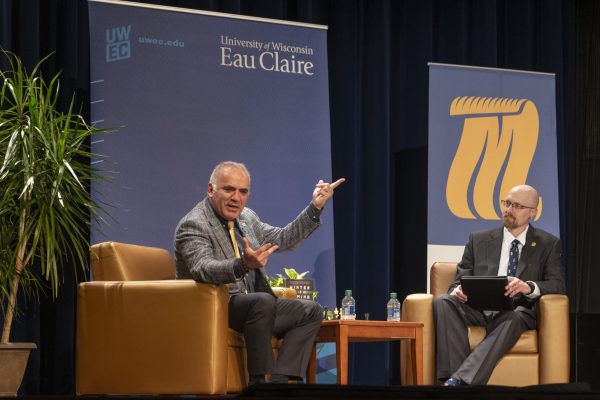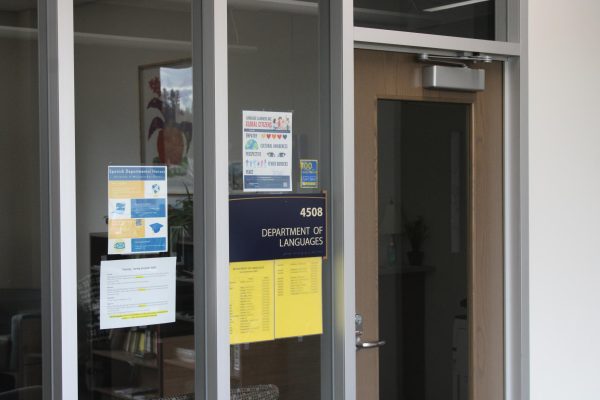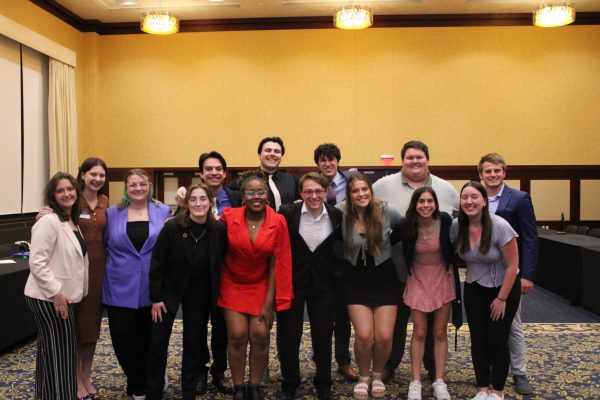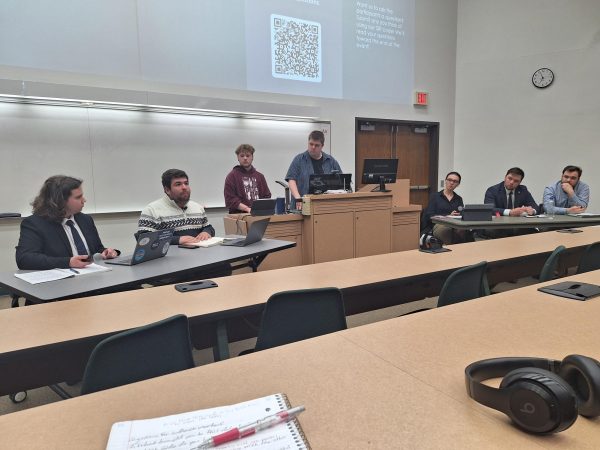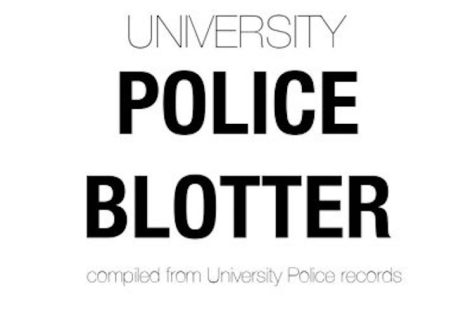Most significant cut to UW-Eau Claire since the height of the Great Depression
Governor’s budget submitted to Legislatures this week.
Photo by Submitted
February 4, 2015
Governor Walker’s proposed cuts to the UW system, announced Feb. 3 combined with the tuition freeze, will be the most drastic budget reduction that UW- Eau Claire has seen since the Great Depression Era.
That was the 1933-35 biennial, before it became UW-Eau Claire but was still a state college.
James Oberly, history professor at UW-Eau Claire, said that to deal with a 15 percent cut during some of the worst years of the depression, Chancellor Harvey Schofield decided to cut pay for all positions instead of layoffs.
Eau Claire then couldn’t increase revenue either, Oberly said. The school had no tuition at that point, and was stuck in the same dilemma as current UW administrators — to increase revenue to make up for the cuts without raising tuition.
With that kind of dilemma, it’s hard to find a solution that seems fair to everyone, Oberly said.
The cuts have been subject to weeks of discussion on the Eau Claire campus and in the UW system, even before the governor submitted his official budget proposal to the Legislators.
In a meeting with faculty and staff on Jan. 29, Chancellor James C. Schmidt chose a different tact than Schofield did 80 years ago, telling the audience that since 85 percent or more of the budget is position-related, “job cuts are inevitable.”
Schmidt said that a basic calculation, before knowing precisely what the final numbers will be, would force Eau Claire to cut about $8 million from its budget in the next two years.
Schmidt said that the cuts would constitute nearly 25 percent of the money Eau Claire receives from the state budget, even if the proposed changes in state regulation are approved.
Those changes would allow more flexibility for schools to manage their revenue and expenses without the Legislature’s approval in matters including tuition, salaries and construction projects.
However, Schmidt said that because those changes, if approved, wouldn’t be enacted until 2017, they “can’t wait to see how things shake out.
“We have to find the light,” Schmidt said. “If all we can see is gloom and doom, we’re done.
Oberly said gradually, the revenue burden has shifted from taxpayers to students since the ‘60s. He noted that funding cuts in the ‘90s led to the loss of faculty, and administrators were asked to leave.
The most significant jump in tuition followed shortly after that, Oberly said. In response to national depression and $250 million cut in funding, Gov. Jim Doyle authorized tuition increases of 15 percent in fall of 2003 and 16 percent in fall of 2004.
Oberly said that strategy put the cost on “the backs of students and their families.
“That was by far the largest tuition jump in UW history,” Oberly said.
Schmidt met with the university Senate and held another faculty and staff forum Feb. 3, and will meet with students at his normal roundtable discussion to answer questions on Wednesday, Feb. 11.
Schmidt also has information available in his office’s section of the school website.


